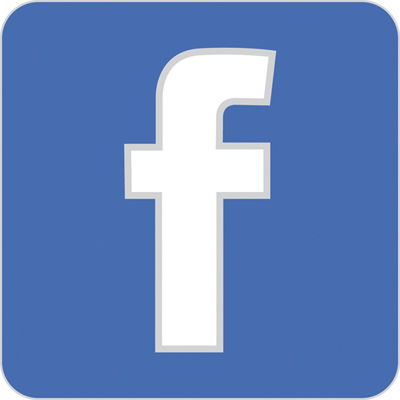Facebook’s latest messaging options promise advertisers unprecedented reach: a flat rate that guarantees companies reach 75% of their fans and a suite of ad services called “Facebook Premium” that can hit and even outpace a 3:1 ROI.
Among the key elements is the ability to place advertisements, which the tech company is encouraging brands to reimagine as narratives, within the newsfeed.
“We serve over 100 billion impressions of stories in the newsfeed every day around the world to approximately 500 million people,” Mike Hofflinger, Facebook’s VP of global Marketing told the February 29 Facebook Marketing Conference that was held in New York.
The changes being rolled out mean marketers will be able to promote their stories and brands in three spots as of March 30: the right rail, the newsfeed and the mobile newsfeed. Hofflinger told the audience the mobile newsfeed reaches about 425 million Facebook users a month. As of April, marketers can also opt in to log-out or “exit” messaging; Hofflinger says about 37 million Facebook users log out every day, and 105 million log out every month.
The triple-threat placements will appear on fan and friend-of-fan pages, but will appear only along the right rail for users without that one-degree brand relationship. Facebook’s documentation says that premium ads and right-rail “stories” are “40% more engaging and 80% more likely to be remembered than all previous offerings.”
A key driver of this effectiveness is the concept of advertisements as stories. Hofflinger likened the shift to a return to basics, in which shopkeepers and customers shared personal information, cultivating a relationship. Hofflinger told the audience that the newsfeed placements amount to something similar, if done correctly. “Lots of ads can add up to noise . . . [but] “lots and lots of little stories get shared”
The new pages are also highly visual, and include a pinned post that stays at the top of the heap for up to seven days. They also include an element that Pharma may consider a boon: the ability for users to privately message companies.
“Now we have a clear tool to say ‘we are interested in what you have to say please message us. . . it has made compliance and follow-up … much easier,” Saatchi & Saatchi Wellness’ SVP director of digital marketing William Martino told MM&M.
Martino says that the changes provide a much-needed venue for Facebook subscribers to report adverse events. He says it also streamlines a process which would require a post from a user, and then a corporate request for a message so the two parties could correspond in private. “It keeps the power in the person’s hand as opposed to the brand’s hand” he said.
“This is exciting for marketers, as we have a powerful new canvas for creative and copy,” Larry Mickelberg, chief digital officer at Havas Worldwide Health, told MM&M in an e-mail.
Pharma being pharma, Mickelberg was temperate in what the new Facebook placements mean for industry messaging.
“This should bring some immediate and breakthrough executions in the corporate and unbranded spaces (where most of our social media activity takes place), but brand stories will likely have to wait until the platform can accommodate adequate fair balance provisions,” he wrote.
Martino says the OTC market is better primed to take advantage of the new tools with, say, seasonal posts on allergy medicines.
“Obviously it gets a lot harder to do things like that when talking about things like oncology.”
He said lifestyle prescriptions for ED and diabetes drugs, would probably be able to benefit from the new tools, because companies can provide narratives and tips that don’t veer into topics that require a high-level of scrutiny and clearance.
That said, Martino said the new format places new weight on brand messaging because the news feed placements puts brand conversations on the same footing as friend conversations.
“I think if anything, while this creates a lot of opportunity, I think it puts a greater burden on healthcare companies to talk more and think more and behave more like real people,” something, Martino says has been a real challenge for the industry.







